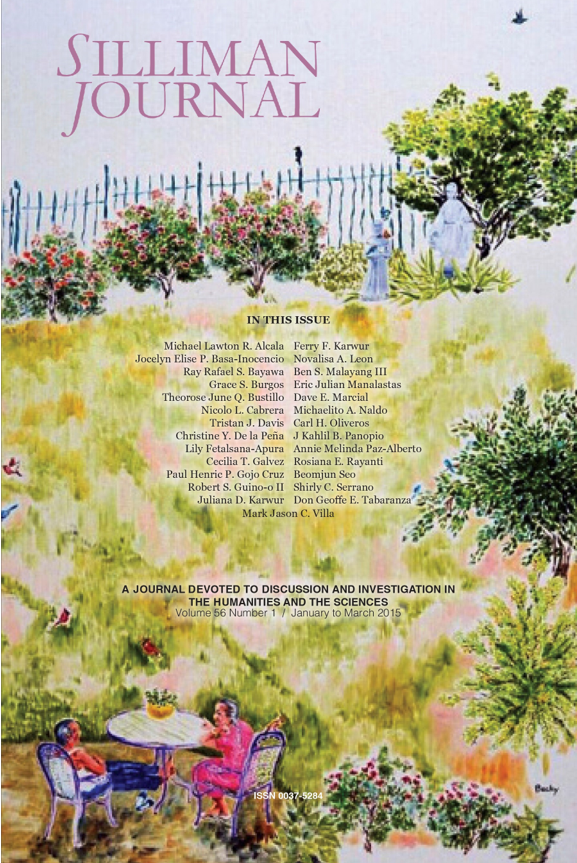WATER AND BOTTOM SEDIMENT QUALITY OF PAGATBAN RIVER IN NEGROS ORIENTAL, PHILIPPINES: 30 YEARS AFTER MINING CLOSURE
Keywords:
heavy metals, mine tailing, Pagatban River, Negros Oriental, total coliform, water qualityAbstract
Anthropogenic activities threaten the ecological functions and services of rivers. In particular, Pagatban River in Negros Island,
Philippines experienced these threats as massive fish kills happened from 1979 to 1983 as a result of mine tailing pollution. This study explores the water quality of Pagatban River after three decades of post-mining operation. A one year longitudinal design was employed to monitor 17 water parameters in three study sites within a 15.81 kilometer stretch of Pagatban River. Water quality parameters of the river between seasons and across sites were analyzed using Kruskal-Wallis One-way Analysis of Variance. These parameters were also compared with national and international standards for water quality. Results revealed that total water volume, width of river, water volume per site, temperature, total suspended solids, phosphate (PO4
-P) and total coliform varied significantly between seasons. Meanwhile, width of river, water volume, velocity, depth of river, salinity and nitrate (NO3 -N) showed significant differences across sampling sites. Furthermore, the heavy metals in the waters of Pagatban River were below the detectable limit of 0.01 mg/L, however, the bottom sediments from the river mouth and river banks showed high levels of heavy metals that ranged from 0.1 mg/kg – 242.8 mg/kg. Although the general water quality of Pagatban River can be classified as Class C which is suited for aquaculture use, the amount of heavy metals in its bottom sediments is not compatible with any fishery activities in the area. In conclusion, this study confirms that the water quality of Pagatban River has improved significantly over the last three decades but its bottom sediment quality still has heavy metals that are 200 to 5,000 times higher than the acceptable levels.


